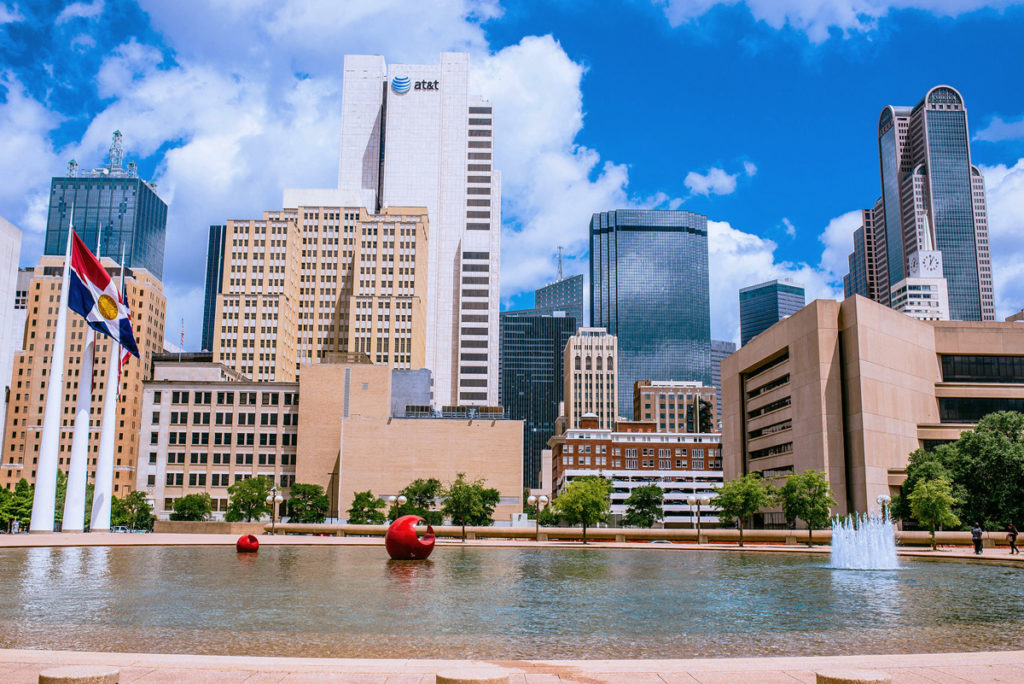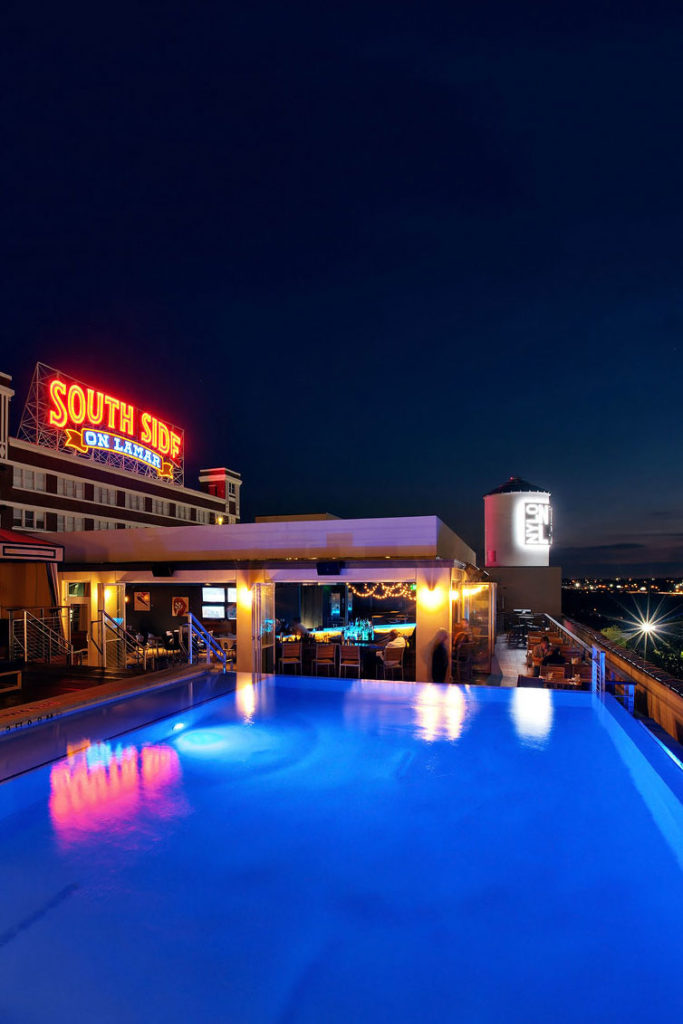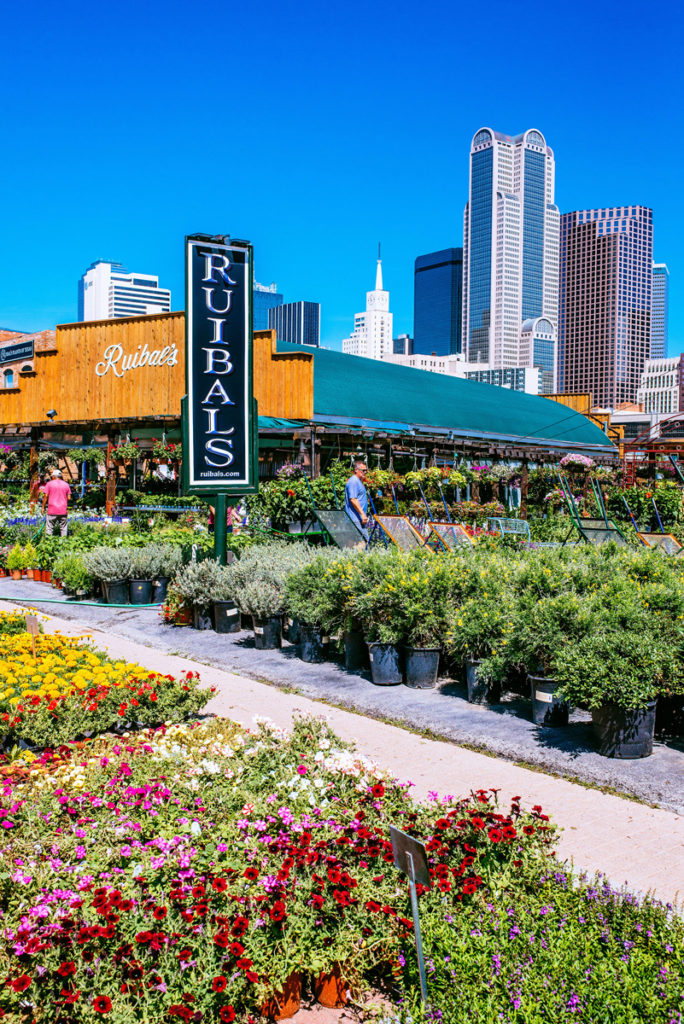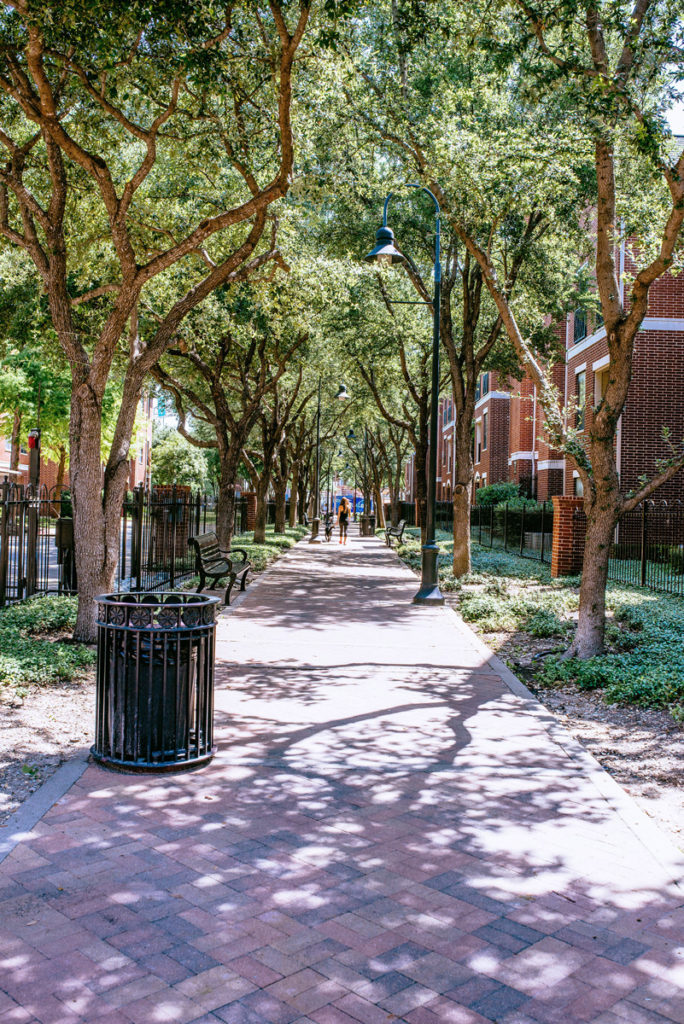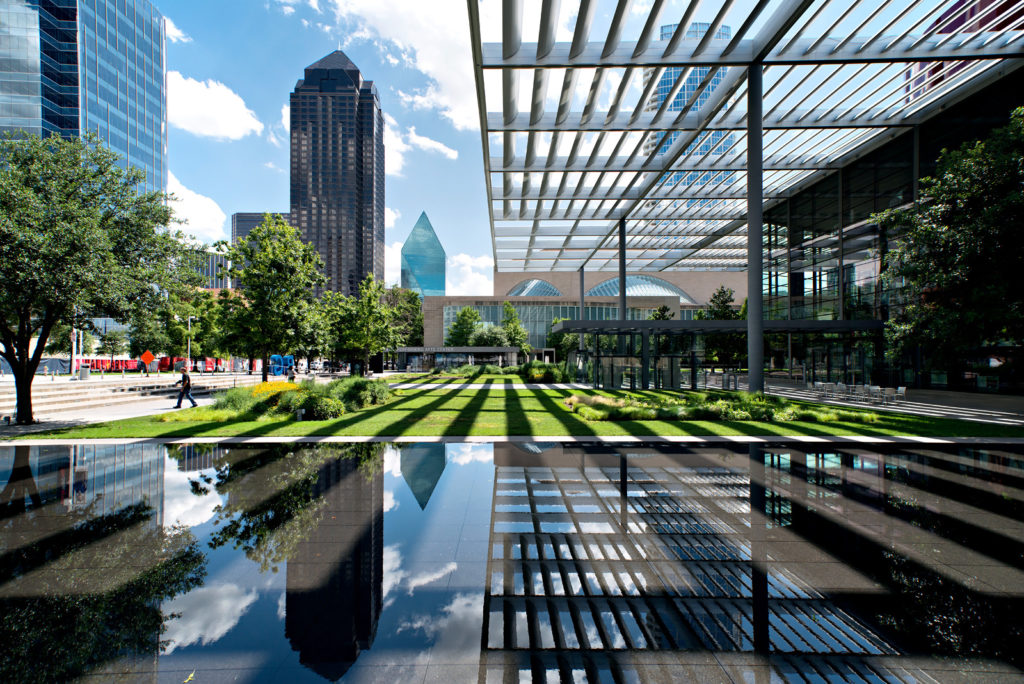A flood of investment is transforming old buildings into shiny mixed-use developments and drawing new shops, restaurants, and bars to the city center. Once a ghost town after 5 p.m. on weekdays—when thousands of office workers troop out of the neighborhood’s skyscrapers—downtown Dallas is becoming a live-work-play community all its own.
Locals Love
The ability to enjoy a car-free lifestyle, especially if you’re lucky enough to both work and live downtown. The neighborhood is the central hub of DART’s light-rail and bus systems, so there’s no better place in town from which to take advantage of public transportation.
